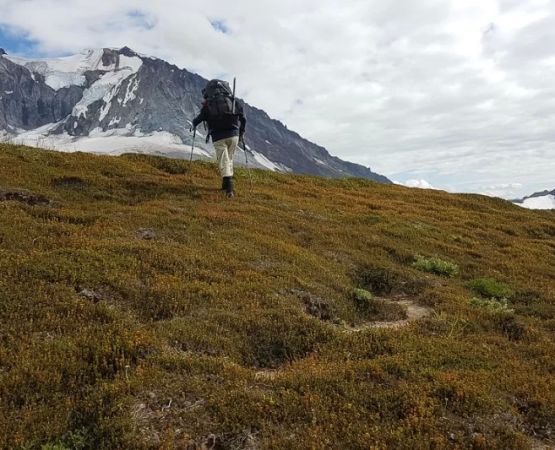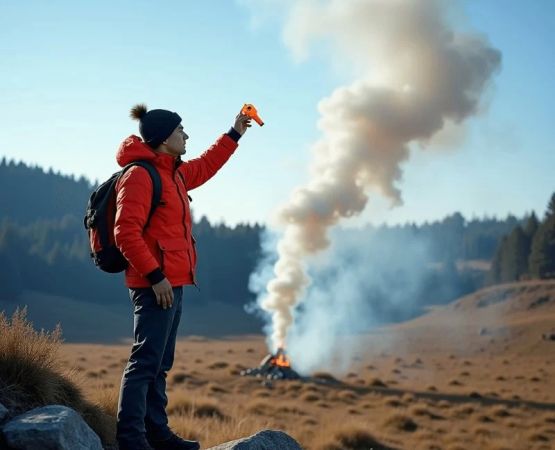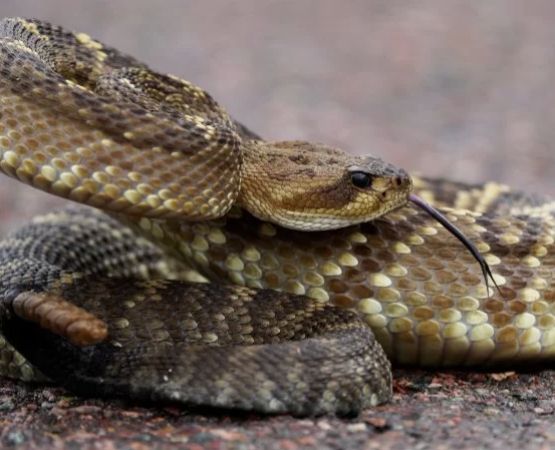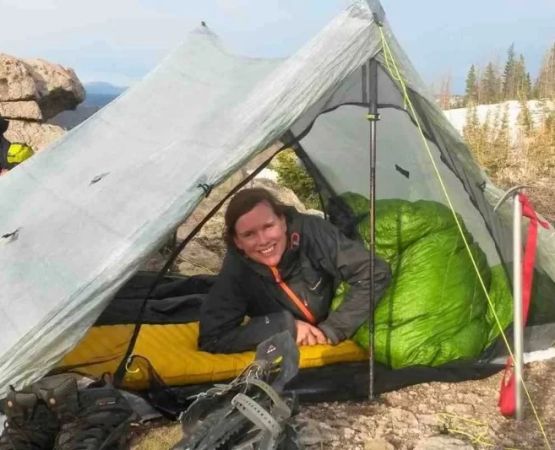- 1 - Why lakefront camping excites wildlife enthusiasts
- 2 - Best seasons and conditions for wildlife and clear water
- 3 - Wildlife you can expect to see near clear lakes
- 4 - Real camper experiences and nature encounters
- 5 - Tips for ethical observation and photography
- 6 - Planning your trip with the right support and gear
1. Why lakefront camping excites wildlife enthusiasts
There’s something undeniably magical about camping near crystal clear lakes for wildlife enthusiasts. The blend of still water, forest silence, and the potential for animal sightings creates a peaceful thrill that can’t be replicated in crowded campgrounds. These untouched lakes often serve as crucial ecosystems, attracting deer, otters, moose, eagles, and countless other species looking for food and water—making them hotspots for both serene views and wildlife activity.
Whether you're a passionate birder, a nature photographer, or simply someone who feels at home in the wild, lakeside camping offers a front-row seat to the rhythm of nature. The quiet shoreline is not just a place to pitch your tent—it’s a window into the wild.
2. Best seasons and conditions for wildlife and clear water
Timing matters when you're planning a wildlife-focused camping trip near a lake. Visibility, animal behavior, and weather can all influence your experience.
2.1 Spring and early summer
In spring, many species are active during breeding season. It's a perfect time to see waterfowl nesting, frogs singing at dusk, and deer gathering near shorelines. The water is often clearest in late spring, before peak algae growth in summer.
2.2 Autumn brilliance
Fall offers crisp air, fewer bugs, and the added bonus of fall foliage reflected in mirror-like lakes. It’s also rutting season for larger mammals like moose and elk, making them more active and visible at dawn and dusk.
2.3 Mornings and evenings
No matter the season, the golden hours of early morning and sunset are when wildlife is most active—and the light over the lake is simply stunning for photography.
3. Wildlife you can expect to see near clear lakes
Lakes with clean water and undisturbed shorelines support rich biodiversity. Depending on the region, wildlife sightings can be plentiful and diverse.
3.1 Aquatic and semi-aquatic animals
Look for beavers, river otters, turtles, and loons. These animals often glide silently across the water or appear briefly on the shore—so having binoculars at the ready is a smart move.
3.2 Large mammals
Deer, moose, and even black bears may make appearances near lakes, especially in early morning or near dusk. It's crucial to observe quietly and from a safe distance.
3.3 Raptors and songbirds
Clear lakes attract bald eagles, ospreys, and kingfishers, all drawn by the fish population. Birders will also find warblers, flycatchers, and swallows in abundance near water's edge.
4. Real camper experiences and nature encounters
Hannah, a nature blogger from Washington, once described waking up at 5 a.m. to the haunting call of loons on a fog-draped lake near the Canadian border. “It felt like a dream,” she wrote. “Moments later, a pair of otters appeared just feet from shore, playful and unaware of my presence.”
Another story comes from Glen, an amateur wildlife photographer who captured a moose crossing a glassy lake in Montana at sunrise. “It was a shot I’d been waiting three years for,” he said. “I’d camped there twice before and came up empty. But that morning, everything aligned.”
5. Tips for ethical observation and photography
Wildlife watching should never come at the cost of disturbing natural behavior. Respect is key to a responsible and rewarding experience.
5.1 Keep your distance
Use zoom lenses and binoculars rather than moving closer to animals. Not only does this protect the wildlife, it also keeps you safer.
5.2 Avoid sudden sounds or movement
Speak softly, walk gently, and always keep dogs leashed. Startling animals can cause stress or force them to abandon feeding or nesting sites.
5.3 Follow “leave no trace” principles
Pack out everything you pack in, avoid trampling vegetation near water’s edge, and never feed wildlife. These practices help preserve the experience for others and the health of the habitat.
6. Planning your trip with the right support and gear
To make the most of your camping near crystal clear lakes for wildlife enthusiasts trip, preparation is everything. Choose campsites known for quiet settings and ecological protection. Having the right gear—like waterproof boots, a wildlife journal, high-quality binoculars, and a bear-proof food container—ensures your adventure stays both safe and immersive.
At Pine Cliff Resort, outdoor lovers can find not just campsites near pristine lakes, but also expert advice, outfitting services, and wildlife guides tailored to the region. Whether you're seeking solitude or that once-in-a-lifetime animal encounter, Pine Cliff Resort supports your journey every step of the way.






